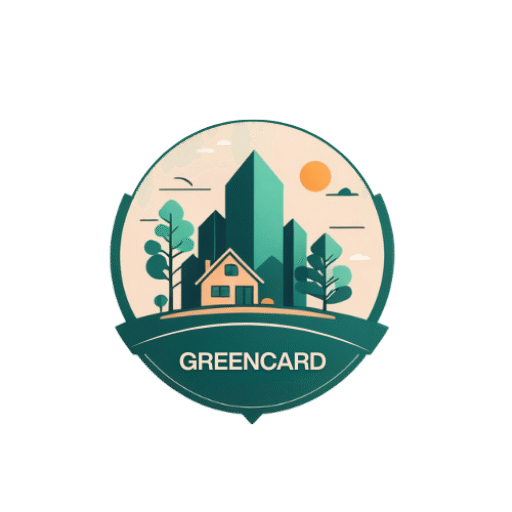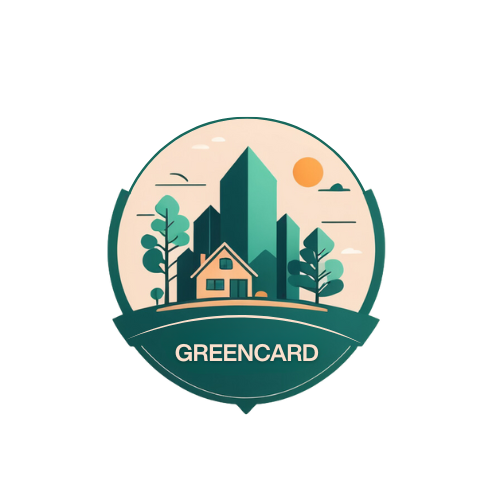Sustainable development is the pathway to the future we want for all. It offers a framework to generate economic growth, achieve social justice, exercise environmental stewardship, and strengthen governance.” – Ban Ki-moon, former Secretary-General of the United Nations.
The impact of sustainable practices in construction is overwhelmingly positive, contributing to a healthier environment, a more resilient and prosperous economy, and improved social well-being. While challenges to their widespread adoption exist, the growing awareness of environmental issues and the increasing demand for sustainable buildings are driving innovation and creating a more sustainable future for the built environment. These practices aim to minimize the negative effects of the construction industry, which is a major consumer of resources and contributor to waste and emissions.
The adoption of sustainable practices in construction is no longer a niche trend but a fundamental shift towards a more responsible and resilient built environment. Its impact reverberates across environmental, economic, and social spheres, offering tangible benefits and shaping the future of how we design, build, and inhabit our spaces.
1. Environmental Impact: “The greenest building is the building that is already built.” – Carl Elefante FAIA, (former president of the American Institute of Architects)
Reduced Greenhouse Gas Emissions: The construction and operation of buildings account for a significant portion of global energy-related CO2 emissions. Sustainable practices, such as using energy-efficient designs, renewable energy sources (like solar panels), and low-carbon materials (e.g., bamboo, recycled steel, hempcrete), significantly lower the carbon footprint of buildings. For example, The Bullitt Center in Seattle, USA, aims for net-zero energy and water use. Its features include a solar panel array, rainwater harvesting, and composting toilets. As Denis Hayes, the CEO of the Bullitt Foundation, stated, “We wanted to demonstrate that a commercial building could be truly green and still be economically viable.”
Conservation of Resources: Sustainable construction emphasizes the efficient use of materials, prioritizing recycled and renewable resources. This reduces the demand for virgin materials and minimizes the depletion of natural resources like timber, water, and minerals. Examples include using reclaimed wood, recycled plastic, and sustainably sourced aggregates. For instance, the Olympic House in Switzerland reused or recycled over 95% of the former administrative buildings’ materials for its construction.
Waste Reduction: Traditional construction generates substantial waste. Sustainable practices promote waste minimization through efficient design, off-site fabrication, material reuse and recycling, and proper waste management on construction sites. Many modular construction projects focus on minimizing waste by creating components in a controlled factory setting with precise material use.
Energy Efficiency: Green buildings often use 30-50% less energy than traditional ones due to better insulation, smart systems, and renewable energy integration.
Water Conservation: Implementation of low-flow systems and water recycling technologies reduces water usage. The Beitou Public Library in Taiwan has a rainwater collection system for flushing toilets and watering indoor plants. Sustainable building designs incorporate water-saving technologies like rainwater harvesting, greywater recycling, and low-flow fixtures, reducing water consumption and alleviating pressure on local water resources.
2. Economic Impact : “The cost of inaction far outweighs the investment in sustainable building.” – Rick Fedrizzi, former CEO and founding chair of the U.S. Green Building Council.
Long-Term Cost Savings: While initial costs for some sustainable materials and technologies might be higher, sustainable buildings often result in significant long-term savings through reduced energy and water consumption, lower maintenance costs due to durable materials, and potentially higher property values. Studies have shown that green buildings can reduce operating costs by as much as 30%.
Higher Property Value: According to the World Green Building Trends 2018 report, around one-third of respondents saw an asset value increase of 10% or more for their green buildings.
Sustainable buildings often command higher market value and rental rates. Energy-efficient and environmentally friendly buildings are increasingly attractive to buyers and renters, often leading to higher market values and faster sales or occupancy rates.
Increased Return on Investment (ROI): Though initial costs may be higher, long-term savings and incentives often lead to a better ROI.
Job Creation: The green building sector promotes new jobs in sustainable materials, energy systems, and eco-friendly technologies. This construction sector creates new jobs in areas like renewable energy installation, green building material manufacturing, and sustainable design and consulting. It can also stimulate local economies by favoring locally sourced materials. The growth of the solar panel industry is directly linked to the demand for renewable energy in buildings.
3. Social Impact: “We shape our buildings; thereafter they shape us.” – Winston Churchill.
Improved Health and Well-being: Sustainable buildings often feature designs that enhance indoor environmental quality through better ventilation, natural light, and the use of non-toxic materials. This can lead to improved occupant health, reduced allergies and respiratory issues, and increased productivity and comfort. Better air quality, natural lighting, and non-toxic materials contribute to healthier living and working environments. The Bullitt Center in Seattle maximizes natural light, reducing the need for artificial lighting.
Enhanced Community Development: Sustainable construction can contribute to more livable and resilient communities through green spaces, improved air and water quality, and reduced environmental burdens. It can also foster a sense of community pride and well-being.
Sustainable projects often include elements like green spaces and local material sourcing, promoting stronger communities. Sustainable construction can include green spaces, community gardens, and designs that promote social interaction and a sense of place. The Vertical Forest in Milan integrates greenery into its design, improving air quality and biodiversity in an urban environment.
Increased Resilience to Natural Disasters: Some sustainable building techniques, such as the use of more durable materials and resilient designs, can make buildings more resistant to natural disasters like earthquakes and floods.

